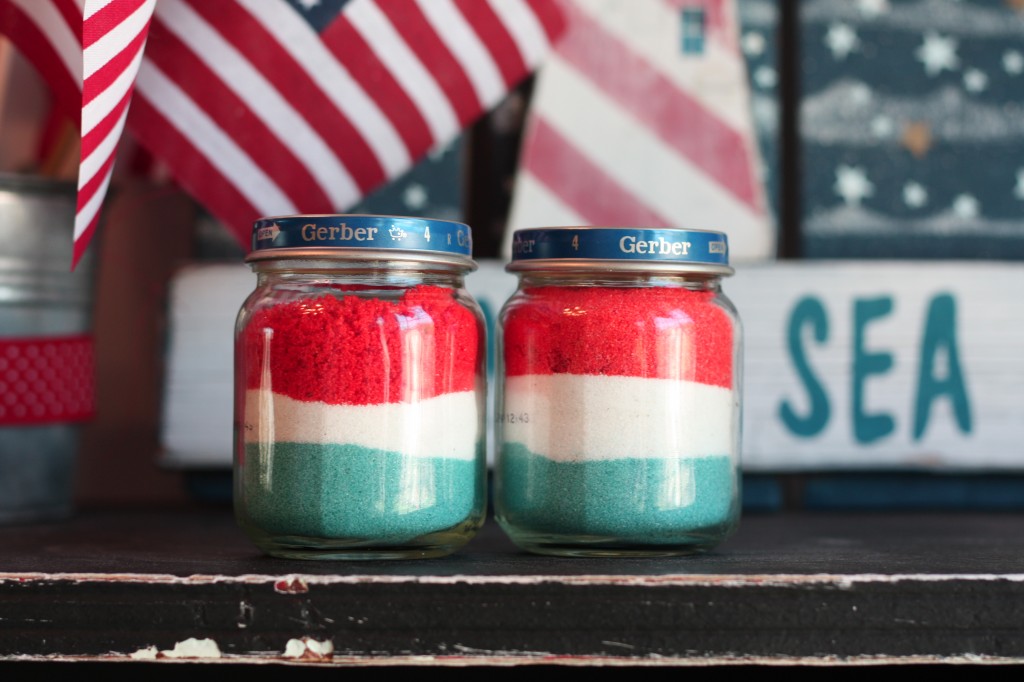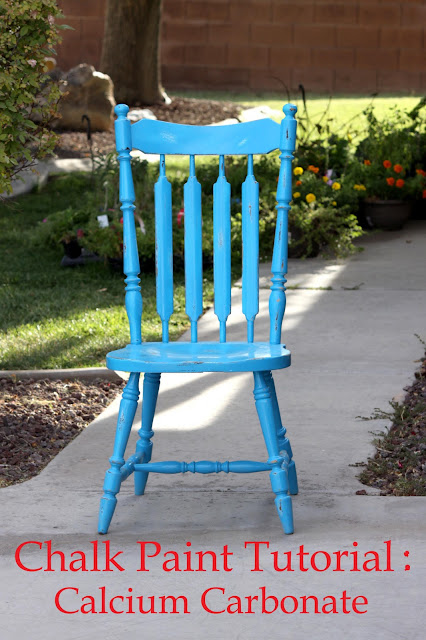I have this friend named, Britiany who always has a plethora of DIY tasks from, big to small, going on in her house. The girl in this picture is the Brittiany in question . . .
One sunshine-y day she approached me and said,
"Amy, I think we should paint your chairs using
different chalk paint recipes so that I can
decide which recipe I want to use to paint my piano."
I
thought it was a splendid idea and didn't mind experimenting on my
chairs one bit; so I agreed. Painting my chairs was something that I had
wanted to do, but need the right push to get . . . un-lazy.
We
were a bit ambitious at first. I have five chairs and she had four
recipes, but we also had three kids to add to the mix {two of them being
rather . . .rambunctious} If the title gives you any indication, we
only were able to attempt two recipes:
Calcium Carbonate Chalk Paint Recipe:
2/3 paint
1/3 calcium carbonate
a little water
mix water and calcium carbonate first, then add to paint and mix again
* to see coffee table painted using this recipe click
here
Unsanded Grout Chalk Paint Recipe
1 cup paint
1 TBL unsanded grout
add a tbl water to the grout
mix
add to the paint
Add more water if paint is too thick one tablespoon at a time
* it wasn't until after I used this that I read the back label which clearly states that this
product can cause cancer. After reading this I don't recommend it when their are much safer methods to achieve similar results.
We wanted to attempt {but didn't get to}:
Plaster of Paris Chalk Paint Recipe:
2 latex cups paint
5T plaster of paris,
add 1-2tbls water to the plaster of paris,
mix,
then add to paint
mix again
Baking Soda Chalk Paint recipe:
1 cup latex paint
1/4 cup baking soda
mix baking soda with a TBL of water before adding to paint,
then mix in paint
* Note: other helpful tools: Hand mixer (not necessary, but useful), mixing cup, steel wool, sand paper, paint brush, drop cloths, finishing wax.
**Be mindful as you work that the paint dries quickly.
*Update: Britt has since tried the other two recipes and she says the calcium carbonate is here favorite. She got it from a health food store.
Meet the Challengers:
This is what my hand me down chairs looked like before any paint: They were the dining room chairs that my husband and his 9 brothers grew up with. With chalk paint you don't need to sand, that is the whole point of using it, but I think I had previously sanded these chairs down a bit prior to this project.
This is Britt mixing the paint: She found that adding water the whatever medium you choose to put in to turn your paint into chalk paint works better if you mix it first with a little water, then add it to the paint and mix with a hand blender.
This is one of the three rambunctious children: We had to let them paint so we could paint . . .
As you view the pictures, you"ll notice that they aren't really step by step . . . so let me just sum up briefly: We painted both chairs with the different types of chalk paint. At this time, the unsanded grout was our favorite until we read the health warning. When the chairs were completely dry, we alternated sanding them with sand paper and steel wool. The steel wool was awesome. You don't get all the scuff marks that sand papers leaves behind, AND it added sort of an aged color which worked well since we were distressing.
Check out that distressing . . .beating up furniture is a GREAT way to relieve tension!
It was a little frustrating at times to paint around all these grooves.
Then you can use your new chairs to take awesome pictures:
See blue chair in a lemonade theme photo shoot
here:
I hope you found it helpful to have four chalk paint recipes in one easy location. I would love to hear what kind you like best. If you feel so inclined as to leave a comment that is:) Otherwise,
For more: see a dresser I painted with the pink chalk paint
here
and a coffee table I painted with the teal chalk paint
here.
Happy Crafting!
XOXO,
Amy
























































